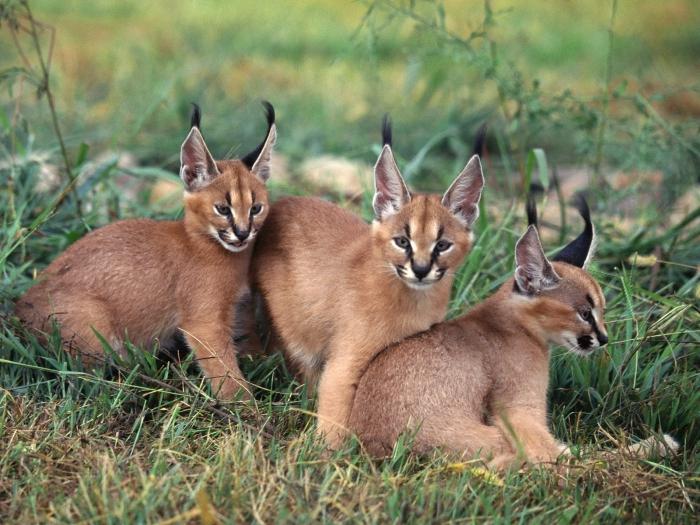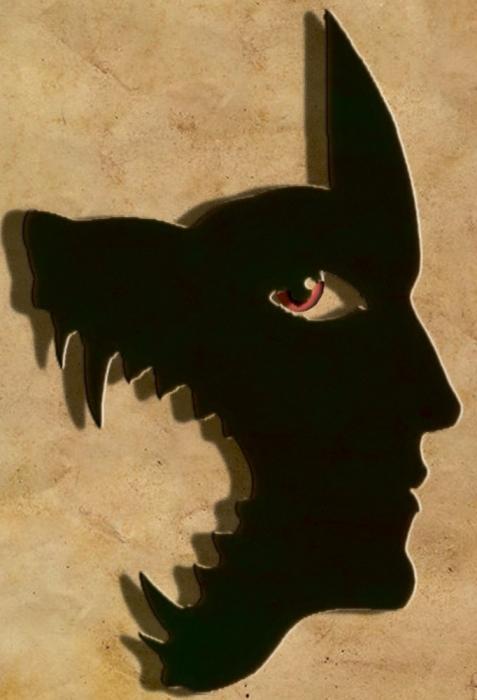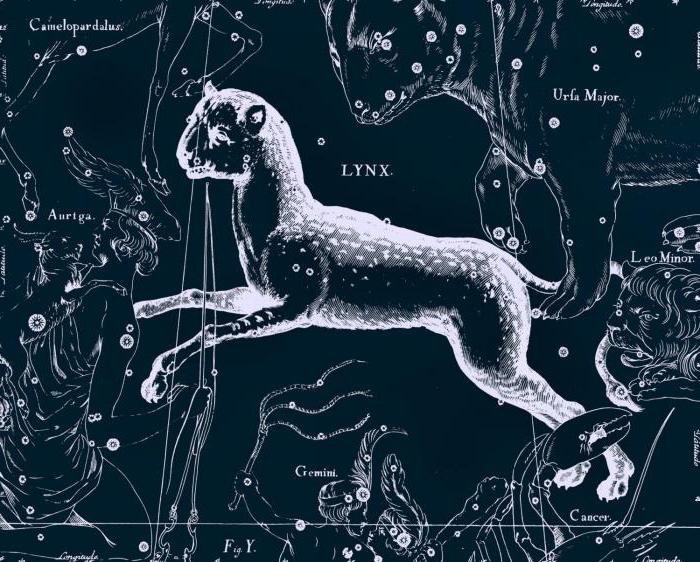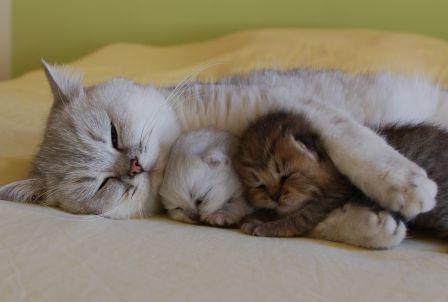A karakal kitten (steppe lynx)
A karakal kitten is not available to everyone today. At home, to breed these wild cats have been trying for a long time, but to this day the breed can not be called widespread.
It is believed that the karakala kitten is tamed withease and danger for domestic (including for humans) does not represent. With a domesticated steppe trot (another name for this animal) you can hunt small game - peacocks, pheasants, hares and even antelopes.

By the way, in the East such a hunt in ancient times wasvery popular. True, the caracals were caught and left mostly poor people, because the rich preferred large and powerful cheetahs. Hunting with the steppe trot is now a rarity.
These cats are beautiful and charming, with the same typecolor - sandy or reddish-sandy, with a lighter belly and throat. The largest specimens exceed 80 cm in length, in height - 45 cm (in the shoulders). The average weight is 12 kg. The length of the jump when hunting is 4.5 m. A distinctive feature is dark gray, highly planted (almost vertically) ears with long black tassels (about 5 cm in height). It is thanks to this feature that this animal was called a caracal (in translation, "karakalik" means nothing but a "black eye"). There are also absolutely black caracals, however these are rare enough specimens.
Kittens karakala (photo below), contrary to the establishedopinion, do not always have spots scattered over a children's fur coat. Often at a fairly early age they acquire the color of an adult animal (permanent).

Agree, they are so nice that he is matured himselfThe question is: how much do the kittens of the caracal cost? The price, it must be said, is very "biting". If, for example, the maine coon is on average $ 800, then the caracal - an order of magnitude (or even two) is more expensive - about 9-9.5 thousand cu.
Why is the kitten so expensive and so rarely found in homes as a pet?

Secondly, the animal eats the meat of the game it has caught. And jars of "Whiskas", as you know, it will not be enough. Provide full nutrition to a wild cat at home is very difficult.
Thirdly, the caracals are not prolific (the female leadsone or two kittens) and mature later than ordinary domestic cats. They become sexually mature after one and a half years. The karakala grows slowly, until a month and a half, feeding exclusively on the milk of the mother (there is meat, unlike the same domestic cats, it begins only after 1.5 months). And to wean the baby from the mother before six or seven months is undesirable (in nature, he lives with her for up to a year).
Fourthly, the karakal kitten must haveenough space for games and walking in the future, so to keep in the apartment, even large, it does not fit. And since the jumping ability of this animal is quite impressive, there is always the risk of its escape even with high fences.
It turns out that to contain several individualsKarakala for the purpose of breeding in captivity is not only expensive, but also troublesome. Moreover, the diseases of steppe cats (as well as their character) have so far been very poorly studied. And this means that you will not be guaranteed any guarantees of your absolute safety while staying with a wild (even tamed) cat ...
</ p>>






